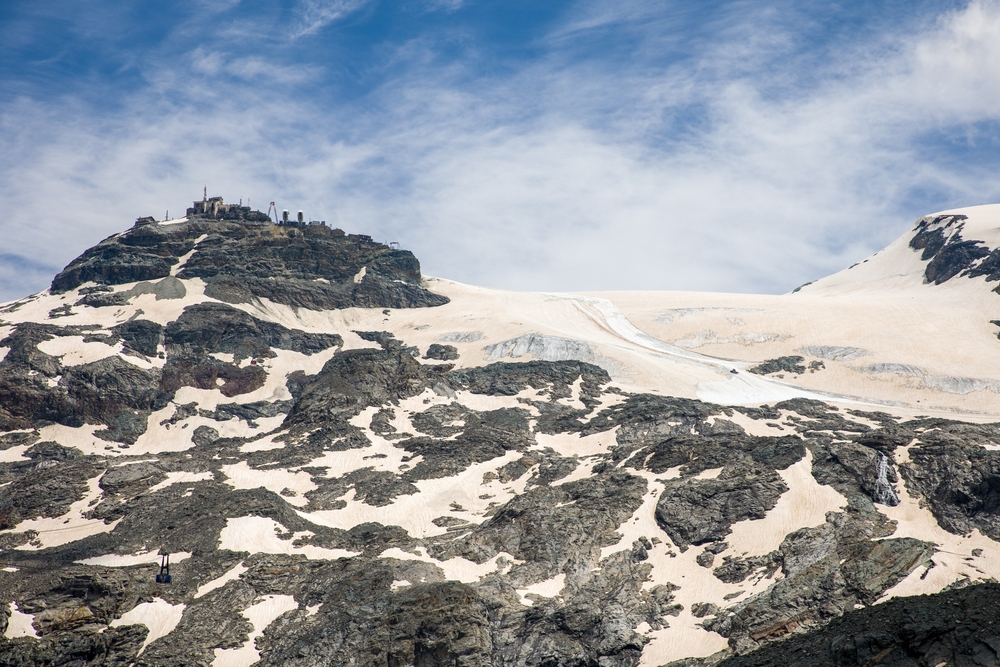Due to the melting of glaciers in the Alps, the border between Switzerland and Italy will be moved by several meters in the Plateau Rosa area, one of the largest permanently frozen plains southeast of the Matterhorn. Last week, the Swiss Federal Council approved the signing of a new border agreement, which will take effect once the Italian government also approves it. Over recent years, the melting of glaciers, primarily caused by global warming and human activity, has significantly altered the geography of the Alpine arc, making border adjustments necessary between Italy and its neighboring countries.
For practical purposes and to minimize disputes, borders in mountainous areas are often defined by the watershed line, determined by how water flows down either side of a mountain, creating distinct hydrological basins. The Alpine watershed dictates much of the border between Italy, France, Switzerland, and Austria, although exceptions exist due to political choices and historical events. A watershed can be relatively stable when it follows a rock ridge, but it can be more dynamic if it corresponds to a glacier’s edge or permanent snow cover.
In the latter case, the melting and retreat of glaciers due to climate change can shift the watershed by tens or even hundreds of meters over time. For this reason, Switzerland and Italy began discussions years ago to revise parts of their borders to align with the new watershed or find solutions to protect the “economic interests of both sides.” The area includes several ski resorts and mountain refuges, with some situated directly on the border, such as the Guide del Cervino refuge, part of which is in Italy and the rest in Switzerland.
In previous years, negotiations between the Italian and Swiss governments occasionally caused tensions. However, an agreement was reached between May 9 and 11, 2023, when the Committee for the Maintenance of the National Border between Switzerland and Italy discussed redefining the border in the Plateau Rosa area. The talks focused on the Gobba di Rollin to the south and the Testa Grigia to the west, as well as the Jean-Antoine Carrel refuge in Italy’s Aosta Valley. The Swiss government has now ratified the convention, and the Italian government is expected to follow suit soon.
While specific details have not yet been released, the border will shift a few dozen meters into Italy in certain areas, giving Switzerland a small increase in territory. This change is not expected to affect existing infrastructure, such as cable cars and ski lifts, in one of the largest and most intricate ski areas in the western Alps. However, ongoing glacial melt, exacerbated by global warming, could lead to further border shifts in the coming decades as Switzerland continues similar negotiations with France regarding their shared Alpine borders.

